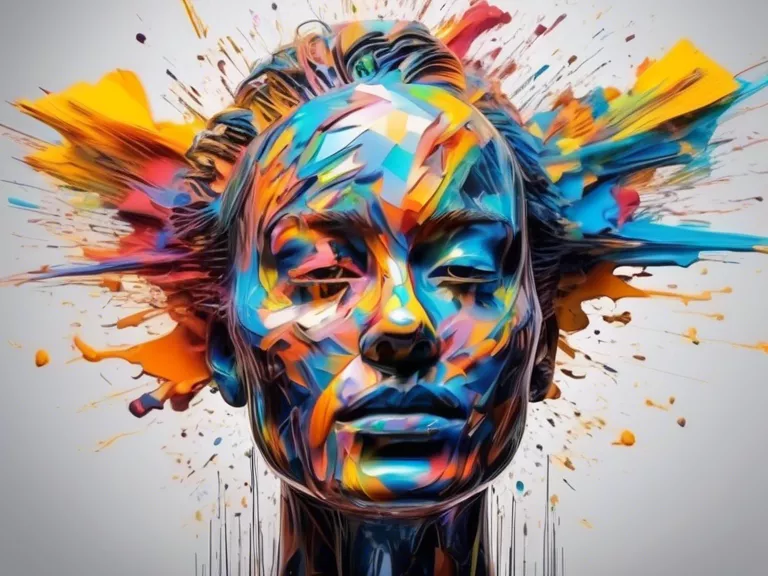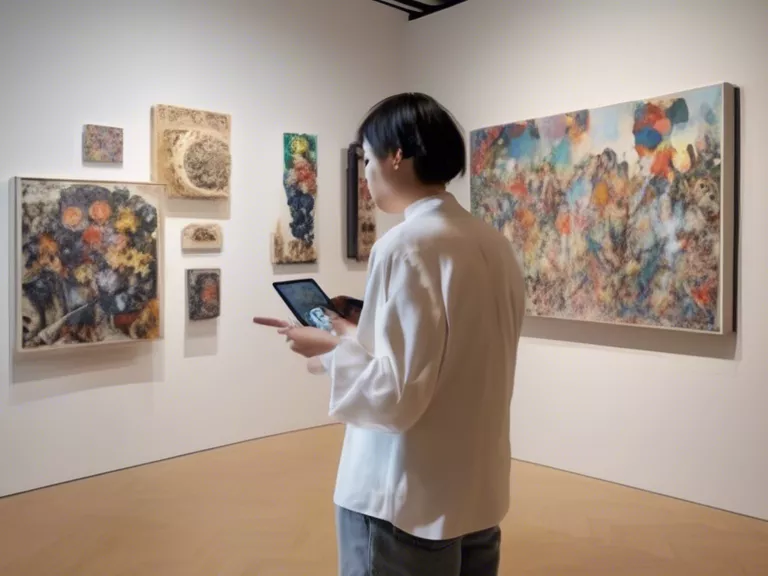
Introduction
In today's rapidly evolving digital landscape, technology continues to revolutionize various aspects of our lives, including the way we create and consume art. From virtual reality to artificial intelligence, there are several future-forward digital trends that are reshaping artistic expressions across different mediums. In this article, we will explore some of these cutting-edge trends and their impact on the world of art and culture.
Virtual Reality and Immersive Experiences
Virtual reality (VR) technology has opened up new possibilities for artists to create immersive experiences that transport viewers into alternate realities. By donning a VR headset, audiences can step into a digital realm where they can interact with art in ways never before possible. Artists are leveraging VR to craft dynamic, multi-sensory environments that blur the lines between the physical and digital worlds.
Augmented Reality in Art Installations
Augmented reality (AR) is another digital trend that is redefining artistic expressions. AR technology superimposes digital elements onto the real world, allowing artists to create interactive installations that merge physical and virtual components. By scanning a QR code or using a mobile app, viewers can unlock hidden layers of art that enhance their overall experience and engagement with the artwork.
AI-Generated Art and Machine Learning
Artificial intelligence (AI) and machine learning algorithms are being increasingly utilized by artists to generate new forms of art. These technologies can analyze vast amounts of data and patterns to create original artworks, music compositions, and even poetry. AI-generated art challenges traditional notions of creativity and authorship, sparking debates about the role of machines in the artistic process.
NFTs and Digital Collectibles
Non-fungible tokens (NFTs) have revolutionized the art world by enabling artists to tokenize their creations and sell them as unique digital assets. NFTs provide a secure and transparent way to authenticate and track ownership of digital artworks, fostering a new market for digital collectibles. This trend has democratized art ownership and empowered artists to monetize their work in the digital realm.
Blockchain Technology for Art Authentication
Blockchain technology is being leveraged to address issues of provenance and authenticity in the art market. By creating secure, tamper-proof digital ledgers, blockchain ensures the traceability and transparency of art transactions. This innovative approach to art authentication is gaining traction among collectors, galleries, and artists alike, revolutionizing the way we verify the legitimacy of artworks.
Conclusion
As technology continues to advance, the future of artistic expressions is being reshaped by digital innovation. Virtual reality, augmented reality, artificial intelligence, NFTs, and blockchain technology are just a few of the trends that are transforming the art world and opening up new possibilities for creative exploration. By embracing these cutting-edge technologies, artists can push the boundaries of traditional art forms and engage audiences in novel and immersive ways. The fusion of art and technology is paving the way for a future where creativity knows no bounds.

